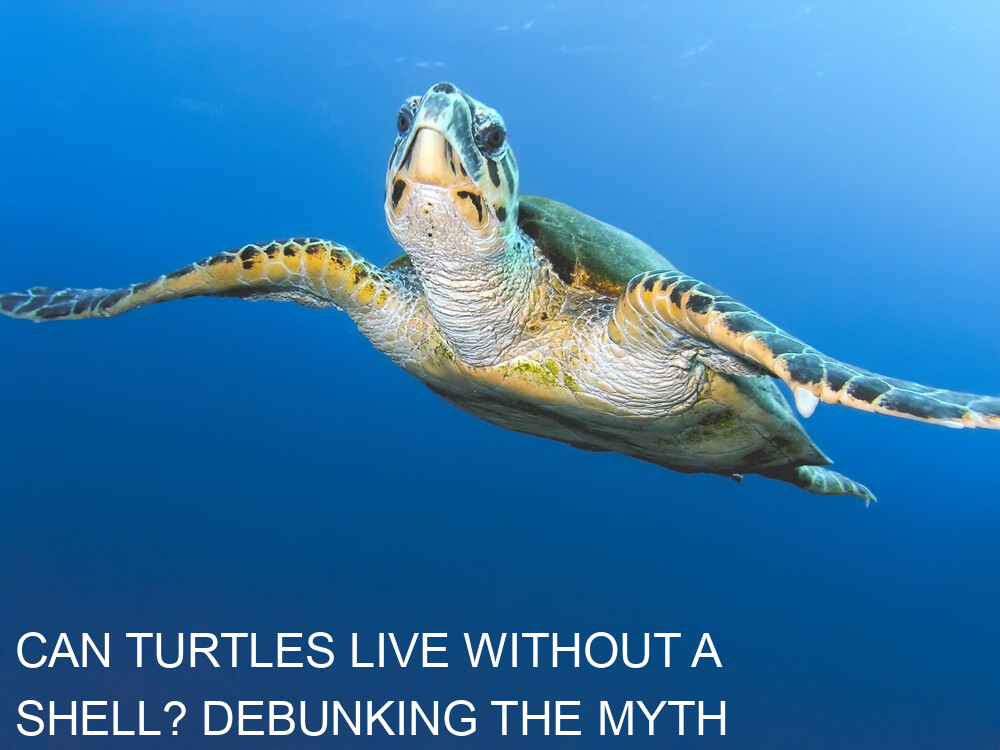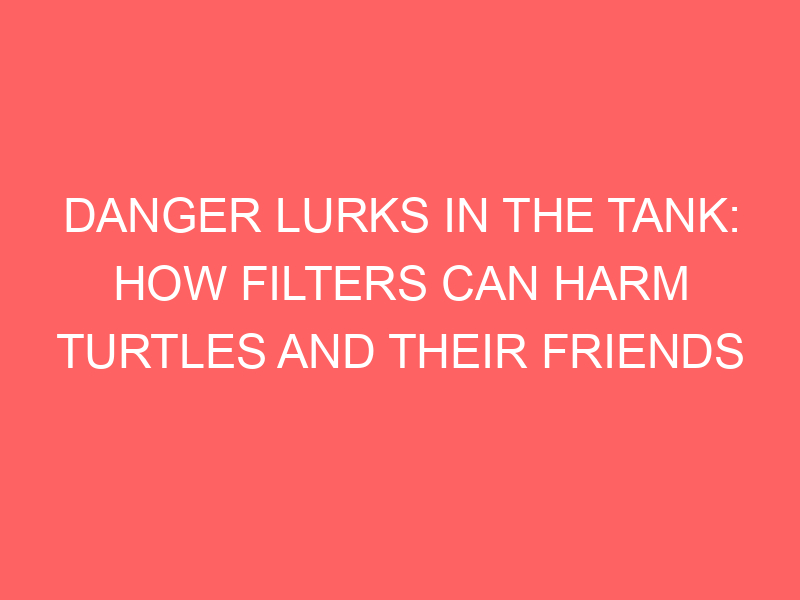Turtles are fascinating creatures with unique features that make them stand out in the animal kingdom. One of their most distinctive characteristics is their hard, protective shell.
Can turtles live without a shell? This shell serves a significant function in a turtle’s life by providing protection from predators and supporting its body structure. It has sparked curiosity among researchers and animal enthusiasts alike.
The anatomy of a turtle’s shell is complex, with the top part, known as the carapace, and the bottom part, called the plastron, forming a single, integrated structure.
They contain bone, blood vessels, and nerves, making them an essential part of the turtle’s body. As turtles grow, their shells expand to accommodate their increasing size and maintain their overall health.
The importance of the shell cannot be overstated, as it plays a crucial role in various aspects of turtle survival, including reproduction and sensitivity to the surrounding environment.
Therefore, it’s imperative to understand the extent to which turtles depend on their shells.
Key Takeaways
- Turtle shells are vital for protection and body structure support
- Shells are a complex part of turtles’ anatomy, comprised of bone, blood vessels, and nerves
- Turtles rely on their shells for survival, including reproduction and environmental sensitivity.
So, Can Turtles Live Without A Shell?
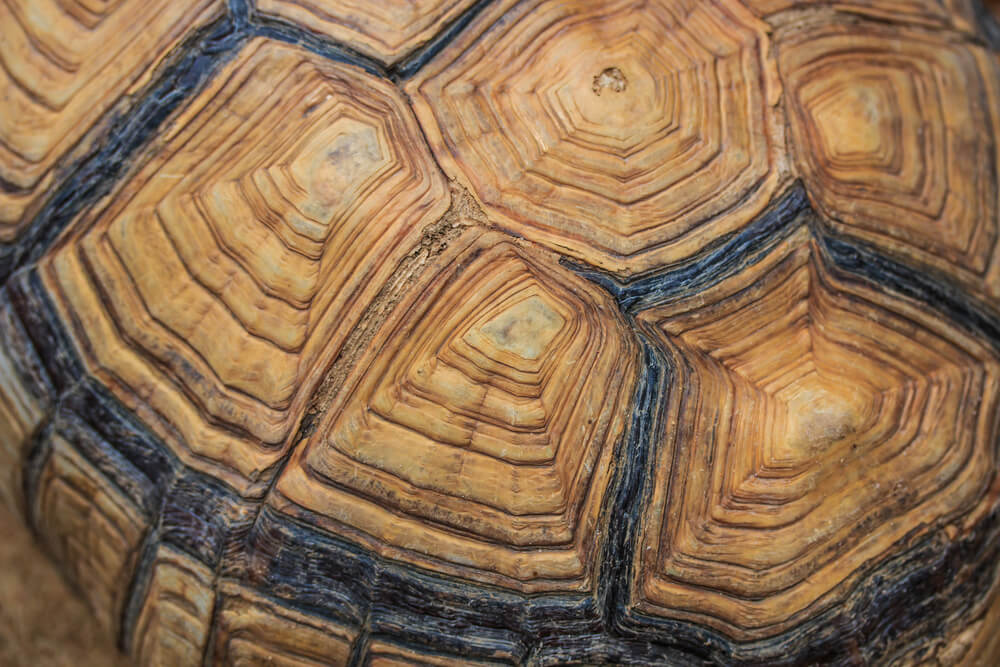
As a turtle enthusiast, I have often observed that many people might not fully understand the importance of a turtle’s shell.
In this section, I will cover the crucial role shells play in the lives of these fascinating creatures.
The shells of turtles, tortoises, and terrapins are made of two primary components: the carapace and the plastron. The carapace is the top part of the shell, protecting the turtle’s back, while the plastron covers the underside, keeping the turtle’s inner organs safe.
Both parts are connected on the sides, creating a sturdy exoskeleton.
One fascinating aspect of turtle shells is their composition. They are made up of multiple bony plates called scutes, which are covered in a layer of keratin, the same material found in human hair and nails.
This combination of materials provides the turtle with durability and protection.
What many people might not know is that turtle shells serve several key purposes beyond simple defense. They help with temperature regulation, as turtles can spend time basking in the sun’s UV rays to maintain optimal body temperature.
Additionally, shells can also play a crucial role in buoyancy, aiding turtles in floating and swimming efficiently.
While some may wonder if a turtle can live without a shell, it’s essential to understand that a turtle’s shell is deeply connected to its body and cannot simply be removed without causing severe harm or death.
Turtle shells serve not just as a shield but they are also an integral part of their skeletal structure, holding their spine and rib cage in place.
The importance of turtle shells goes beyond just serving as a protective shield. They provide an essential support system for one of nature’s most resilient creatures, playing an indispensable role in regulating body temperature, buoyancy, and overall survival.
The Anatomy of a Turtle Shell
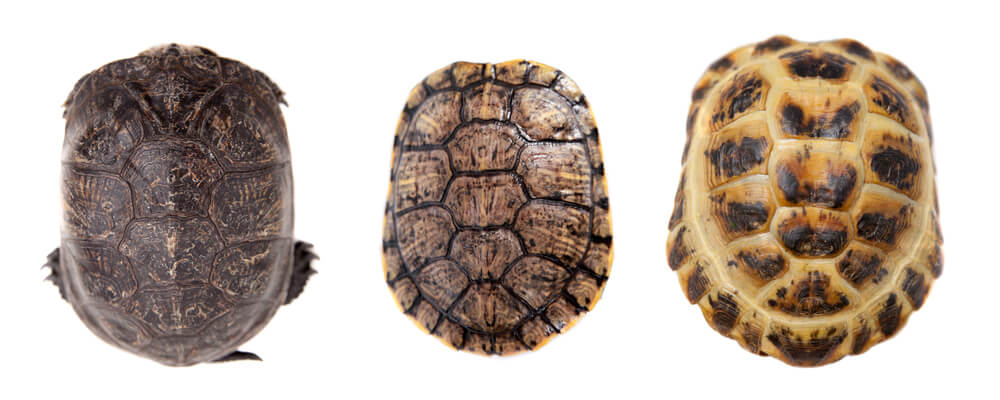
As I examine the turtle shell, I notice that it is not just a simple protective layer but an integral part of their skeletal system. The shell is made up of bones, specifically the ribs and spine, which provide support and protection for the internal organs.
These bony structures are fused together and are covered in skin with numerous nerve endings, making the turtle shell sensitive to touch.
The outer surface of the shell consists of plates or scales called scutes. These scutes are made from a protein called keratin, which is the same material that forms our hair and nails.
Each scute overlaps its neighbor, creating a streamlined armor that can withstand various pressures. Furthermore, turtles maintain their shells by shedding old, damaged scutes and replacing them with new ones.
Internally, the turtle shell has a layer of cartilage, making it flexible and resilient while still offering a significant level of defense against predators. The structure also contains a layer of calcium deposits, adding strength and durability to the shell.
This intricate design reflects a balance between the need for protection and the need for mobility, allowing turtles to navigate both aquatic and terrestrial environments efficiently.
The muscles surrounding the shell play a vital role in turtles’ movements, with many of the key muscles connected directly to the bony structures. This allows turtles to retract their limbs and head within the shell, providing additional protection when needed.
Turtles can not survive without their shells as they function as both their armor and support system for their internal organs.
The turtle shell is a remarkable adaptation that serves a multitude of purposes. It is a combination of bones, cartilage, and skin fused together and covered in protective scales.
The shell is an essential aspect of the turtle’s anatomy, ensuring the survival of these fascinating creatures.
The Growth and Health of Turtle Shells

When discussing turtles, a primary concern is often the health and growth of their shells. Shells are a vital protective barrier that helps turtles avoid predators, maintain body temperature, provide stability, and offer insulation.
Turtles come in two main varieties: terrestrial and aquatic. Each type faces unique environmental threats, so it’s crucial to understand the nuances of shell care.
I understand that damage to a turtle’s shell can have severe consequences. A damaged shell can lead to infection, and even in some instances, a broken shell may require intervention from a veterinarian.
Infections like shell rot can have substantial effects on a turtle, potentially threatening its survival. Healing from such damage is possible, but prevention of injury and infection is always the best approach.
One factor that plays a significant role in the growth and health of shells is the balance of proper nutrition and a well-maintained habitat.
Turtles need an adequate supply of minerals, particularly calcium and vitamin D, to build strong shells and mitigate the risk of metabolic bone disease.
This is especially true for terrestrial turtles, which have a further need for minerals and nutrients due to their more robust shells.
While aquatic turtles live in watery environments that offer some natural protection, they are not immune to the risks of damage or infection. Lungs and other organs beneath the shell can become compromised if a shell is punctured or cracked.
Aquatic turtles also need adequate basking areas to prevent overheating and dehydration in their habitats.
In conclusion, the growth and health of turtle shells are crucial to their overall well-being. By providing the proper nutrients and a safe habitat, we can help ensure that our turtles have the best possible chance at a healthy life.
Prevention and awareness of potential health issues, along with prompt care for any injuries or infections, can make all the difference for these fascinating creatures.
The Role of Shells in Turtle Survival
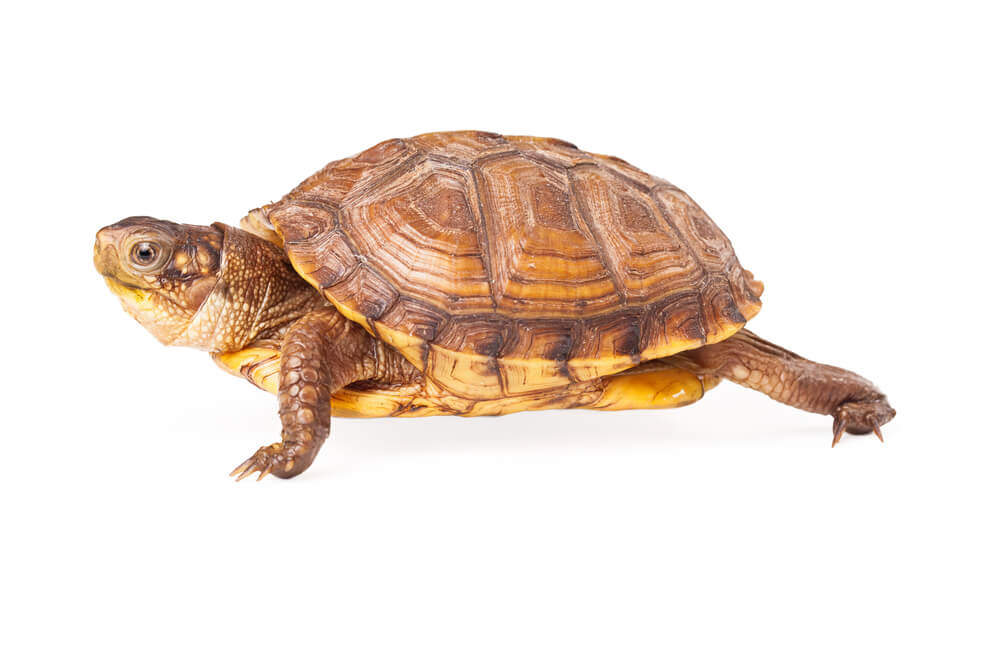
As I dive into the fascinating world of turtles, I’ve noticed that their shells play a huge role in their ability to survive and adapt to different environments.
Shells provide protection, camouflage and even aid in mobility for these amazing creatures. Let’s explore these roles in more detail.
One of the primary functions of a turtle shell is protection from predators. For most turtle species, the shell serves as a sturdy armor that shields them from potential threats.
This protective barrier, for instance, is quite evident in box turtles, whose shells are notoriously tough and difficult to penetrate.
In addition to protection, shells play a vital role in helping turtles camouflage themselves in their surroundings.
Sea turtles, in particular, have evolved shells with colors and patterns that blend seamlessly with aquatic habitats, allowing them to stay hidden from predators as well as unsuspecting prey.
This naturally evolved form of camouflage has been crucial to the survival of these ancient reptiles.
Shells also serve another essential function: they contribute to the buoyancy and flexibility of turtles in the water. The ability to maintain buoyancy is important for aquatic turtles as it allows them to swim and dive with ease.
Simultaneously, the flexibility of a turtle’s shell, particularly the bridge connecting the top and bottom parts, enables them to maneuver more effectively in their watery environments.
However, the shell’s structure can be a double-edged sword for some turtle species when it comes to mobility on land. The weight of the shell can sometimes impede their ability to move quickly or efficiently on land, making them vulnerable to predators.
Nonetheless, I cannot deny that through millions of years of evolution, turtle ancestors have developed this unique feature to increase their chances of survival.
In summary, turtle shells play a critical role in the survival and adaptations of these remarkable reptiles. They provide protection and camouflage and contribute to their mobility and buoyancy.
While there may be some drawbacks in terms of maneuverability on land, it’s clear that shells have been an essential asset for turtles throughout their long and storied history.
The Shell and Turtle Sensitivity
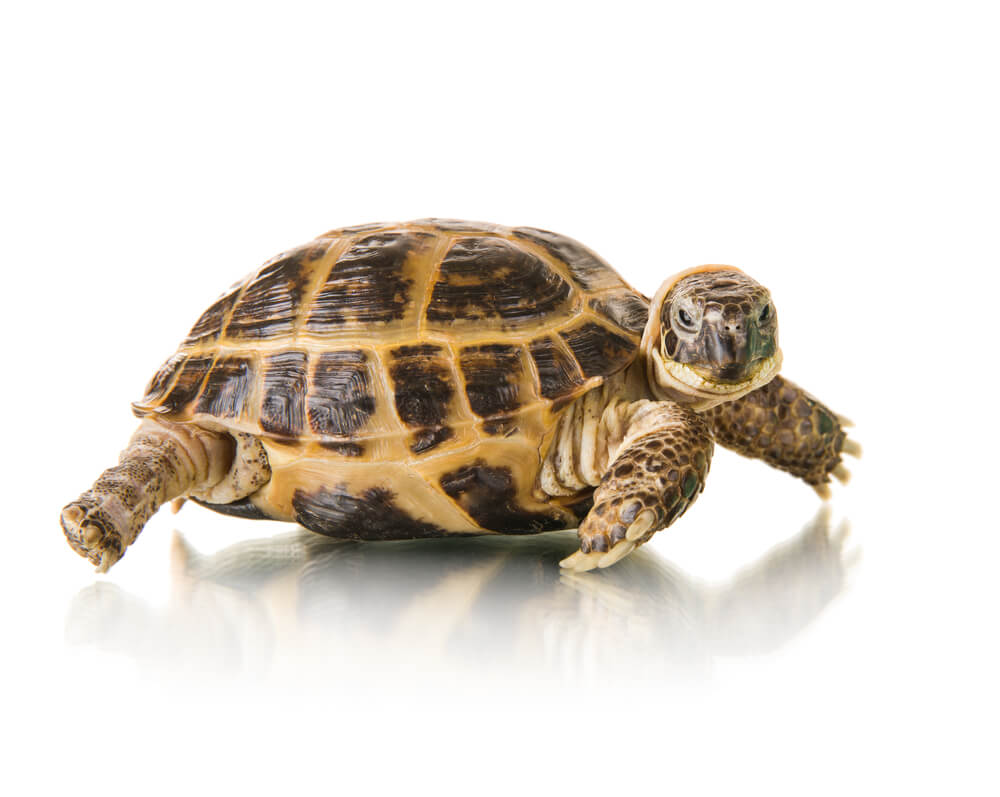
As I learn more about turtles and their shells, it is important to establish that the shells are a crucial part of a turtle’s anatomy. Unlike hermit crabs, turtles cannot abandon their shells.
The reason for this is that a turtle’s shell is actually fused to its spine and ribcage, forming an essential component of their skeletal system.
When it comes to pain and sensitivity, I need to emphasize that turtles do feel pain through their shells.
Although the outer layer of the shell, made of keratin, is similar to human fingernails, the inner layer of the shell consists of nerves and blood vessels, making the turtle highly sensitive to touch.
Therefore, a turtle could experience pain if someone pressed a sharp object against their shell.
From my research, I have found that it is important to handle turtles gently and with care. Since the nerves and blood vessels in their shells can sense touch, picking or prodding turtles in an inappropriate manner can cause them discomfort and, in severe cases, even injury.
Moreover, a damaged shell can lead to infections and other health issues that could be detrimental to the turtle’s overall well-being.
Understanding the importance of the shell and its sensitivity in a turtle’s life is crucial for their proper care and protection.
The Shell and Reproduction
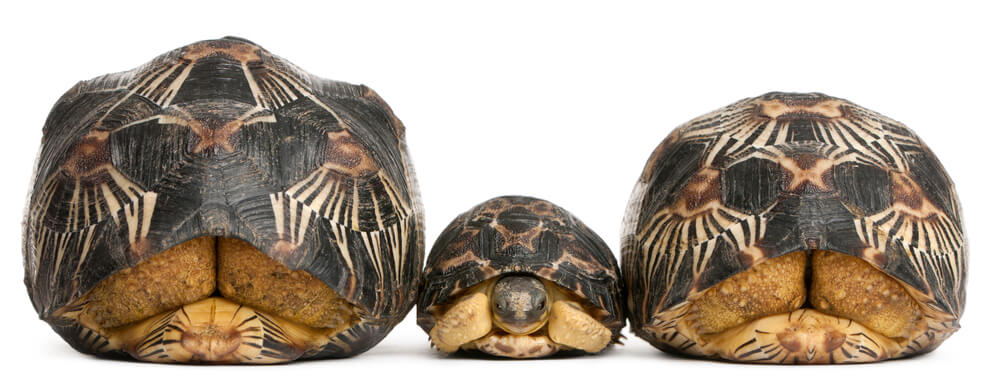
As an expert on turtles, I would like to discuss the importance of the shell in turtle reproduction. The turtle’s shell is not just a protective covering; it plays a crucial role in the reproductive process as well.
When turtles mate, the male relies on the female’s shell for support. Turtles mate in water, with the male mounting the female from behind.
During this process, the male uses his front claws to hook onto the edge of the female’s shell, allowing him to maintain his position. If a turtle were to lose its shell, it would be unable to reproduce in this manner.
Additionally, my understanding of turtle anatomy confirms that the shell provides protection for the internal organs involved in reproduction.
The lower part of the shell called the plastron, encases the reproductive organs, offering them protection from predation and the environment.
In the context of egg-laying, the shell is integral to the success of turtle reproduction. After fertilization, the female turtle searches for a suitable nesting site, where she digs a hole and deposits her eggs.
The eggs are delicate and rely on the mother’s strong shell to protect them from external threats such as predators and environmental factors.
In the absence of a shell, the eggs would not have enough protection to ensure their survival.
In conclusion, it is evident that the turtle’s shell is a critical component of the reproductive process. From mating to egg-laying, the shell provides support, protection, and a stable environment for the successful continuation of the turtle species.
Without their shell, turtles would not be able to reproduce, and ultimately, their population would dwindle.
Conclusion
In my exploration of turtle biology, I discovered that turtles cannot live without their shells.
The reason for this is because their shells are an integral part of their skeletal system, providing protection and support. Furthermore, the shell is connected to the turtle’s spine and ribs, making it impossible for the turtle to survive if it were removed.
Over time, turtles have evolved with their shells to adapt to various environments and circumstances. Some turtles have even developed specialized shells, such as the leatherback sea turtle, which has a more flexible shell for better swimming capabilities.
I want to emphasize that removing a turtle’s shell is not only impossible but also extremely harmful to the animal. It is important for people to understand and respect the natural biology of these creatures and ensure their safety and well-being in any interactions with them.
Frequently Asked Questions
What happens when a turtle’s shell is cracked?
When a turtle’s shell is cracked, it can be a severe issue. The shell serves as protection for the turtle’s delicate internal organs. A cracked shell exposes the turtle to potential injury and infection.
In some cases, minor cracks can heal on their own, but it is essential to consult a veterinarian if you notice a crack in your turtle’s shell.
Are turtles born with shells?
Yes, turtles are born with shells. The shell is an essential part of a turtle’s anatomy, providing protection and support. From the moment a turtle hatches from its egg, it has a shell – albeit a soft one initially, which hardens as the turtle grows and matures.
Do turtle shells grow with them?
Turtle shells do grow with the turtle. The shell is made of two parts: the carapace (the top part) and the plastron (the bottom part). As the turtle grows, so do these parts. They grow by adding new layers of keratin, called scutes, which are similar to human nails.
This growth allows the shell to accommodate the turtle’s increasing body size.
Can a turtle survive with a broken shell?
Survival with a broken shell depends on the severity of the damage. Minor cracks may heal on their own or with veterinary assistance, while more severe breaks risk causing significant harm or even fatal outcomes.
It is crucial to seek professional help if your turtle has a damaged shell. Veterinarians or wildlife rehabilitators can help assess the situation and provide appropriate treatment.
Is it possible for a turtle to regrow its shell?
Turtles cannot fully regrow their shells, but they can heal from minor damages and cracks. When a turtle’s shell is injured or partially damaged, it has the potential to recover through natural healing processes by growing new scutes.
However, this healing takes time, and proper care is necessary to ensure the turtle’s safety and well-being.
Why might a turtle lose its shell?
It is important to note that turtles cannot shed their shells like some reptiles shed their skin. A turtle’s shell is fused with its spine and ribcage, making it an integral part of its body.
Nevertheless, shell loss or damage may occur due to several reasons, including physical injuries (such as accidents or fights), shell rot (caused by fungal or bacterial infections), and improper nutrition or care.
Regular check-ups and proper care are essential to help prevent such issues and keep your turtle healthy.

